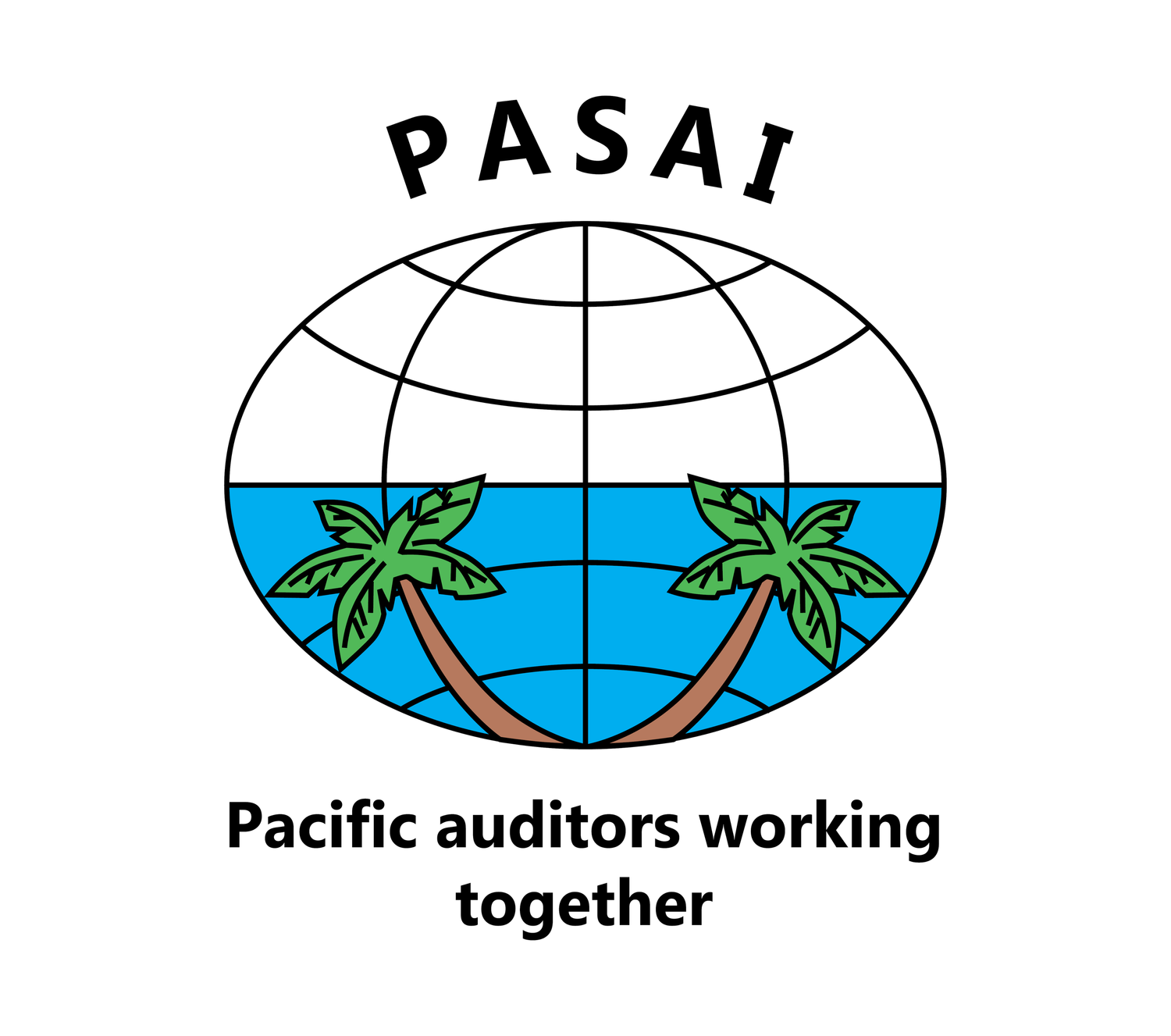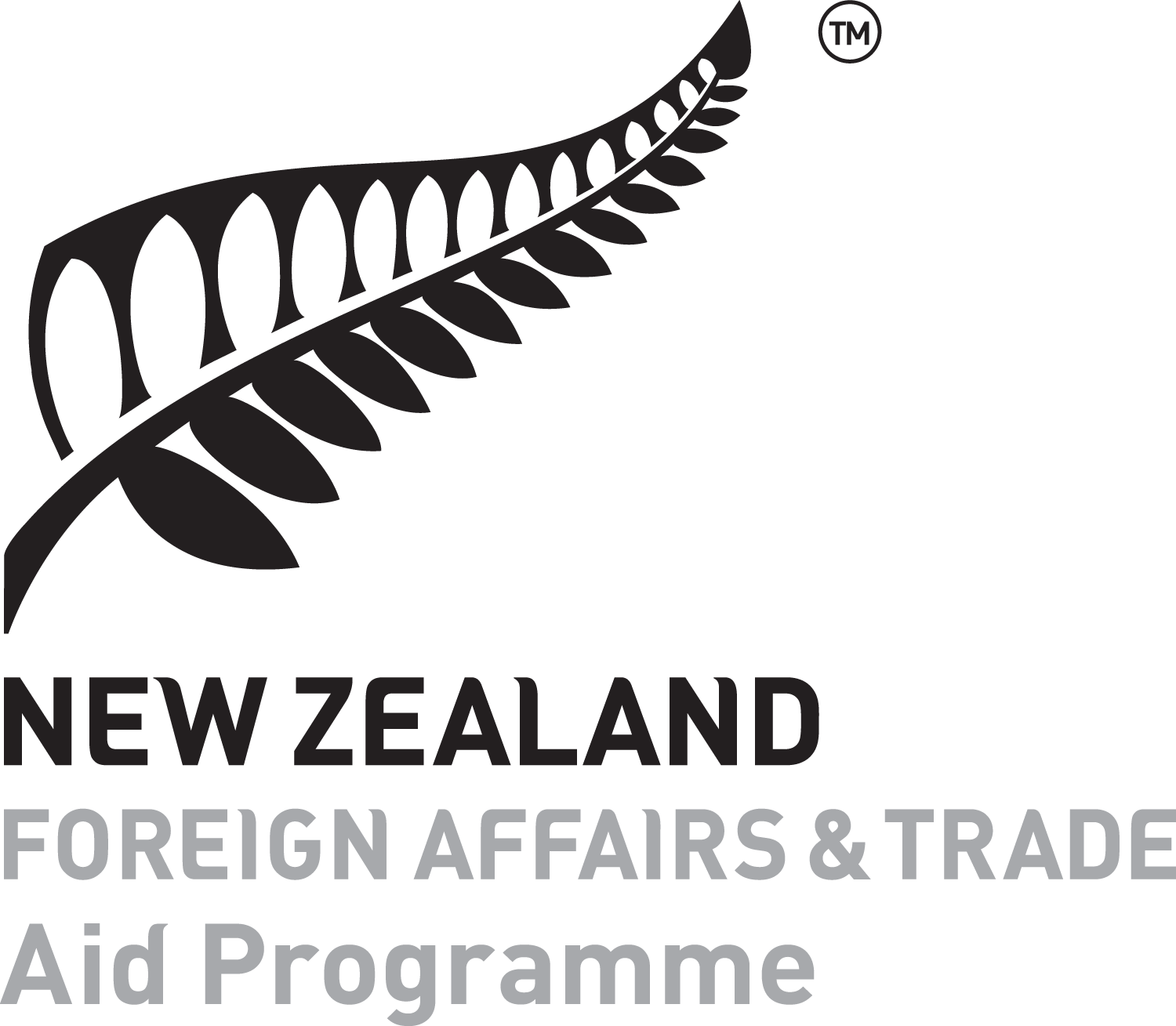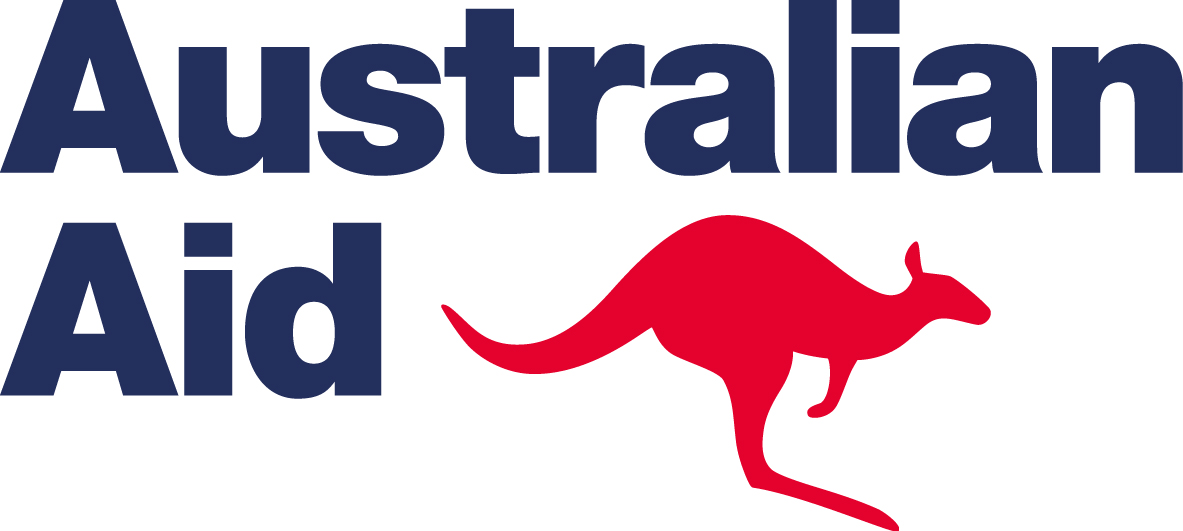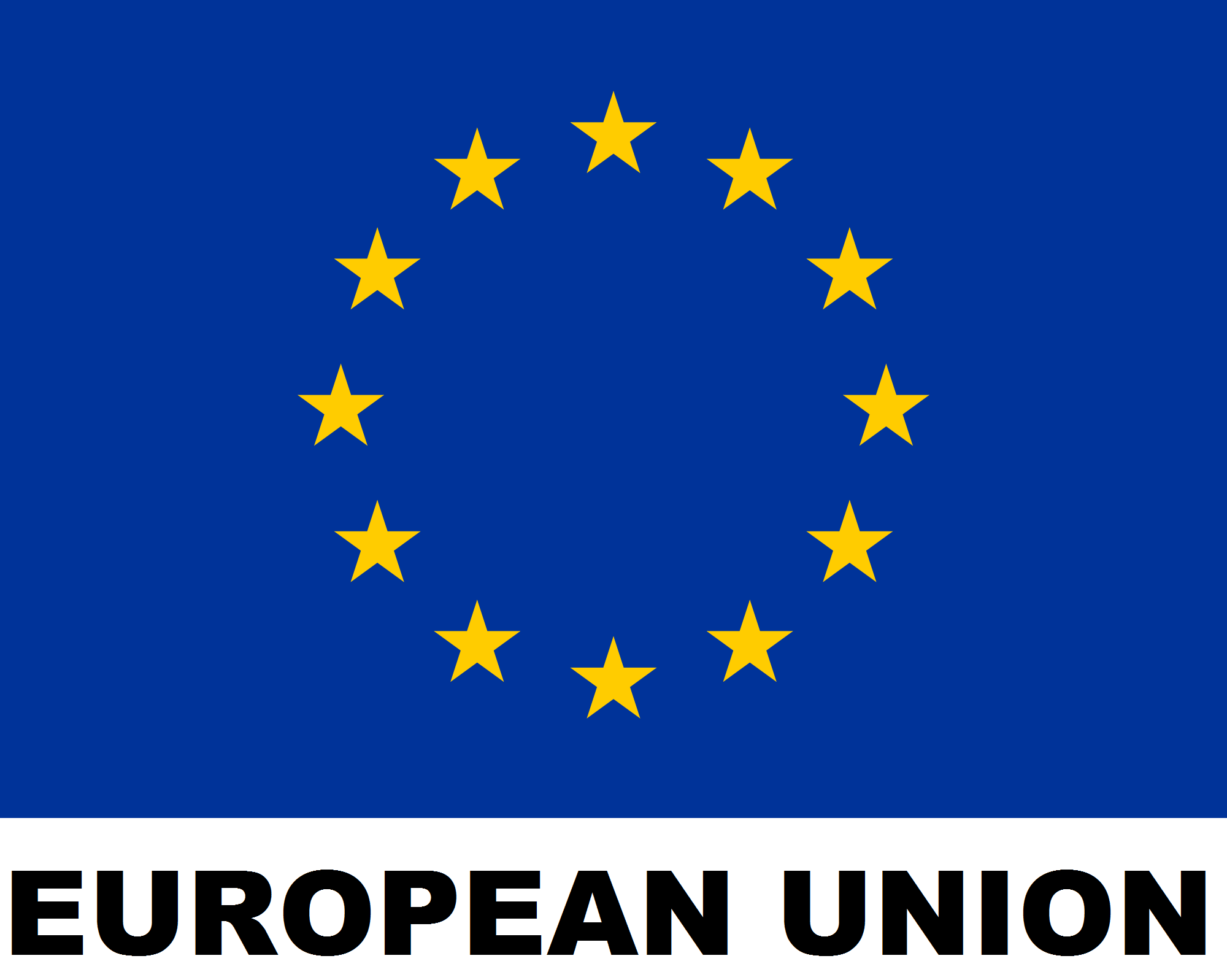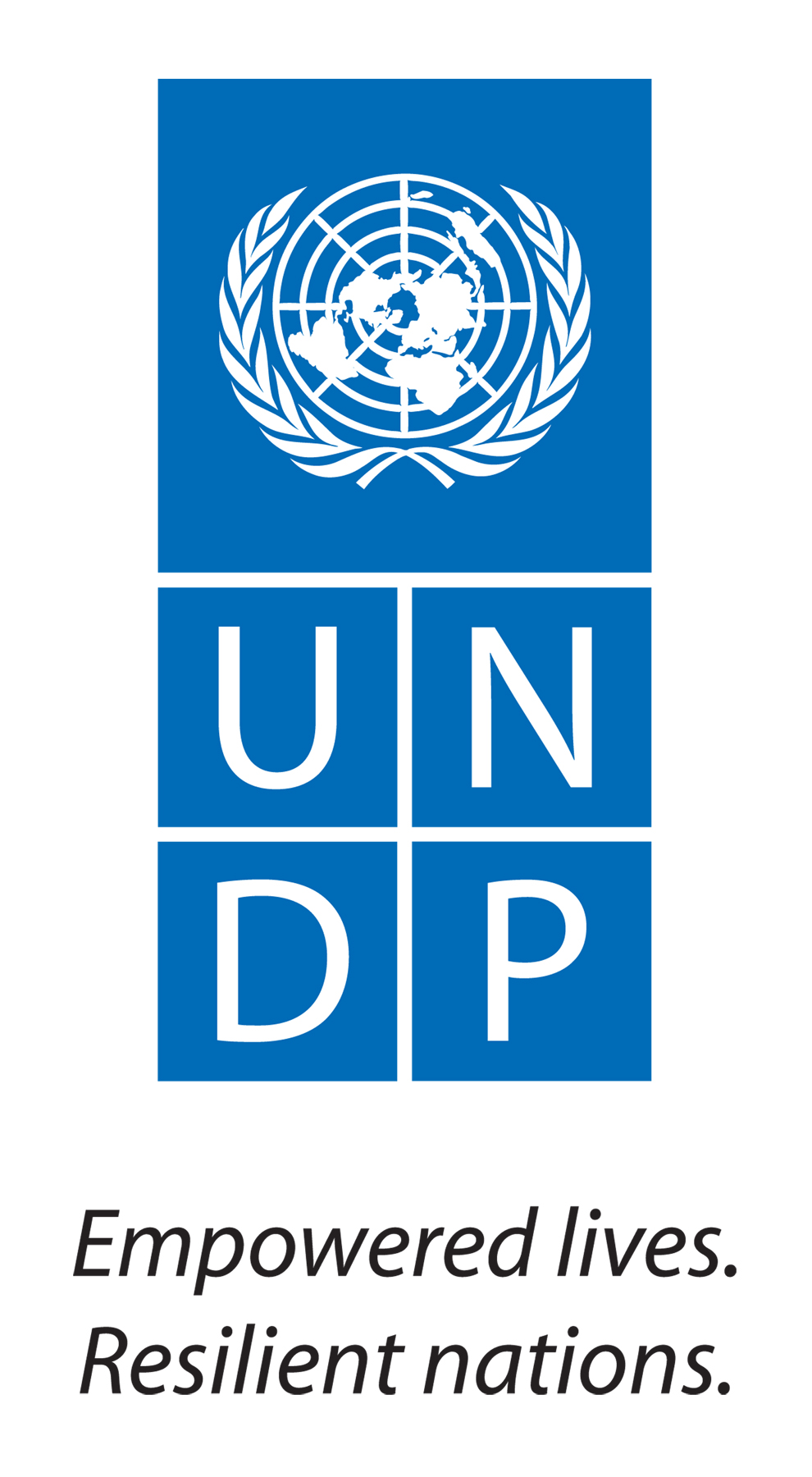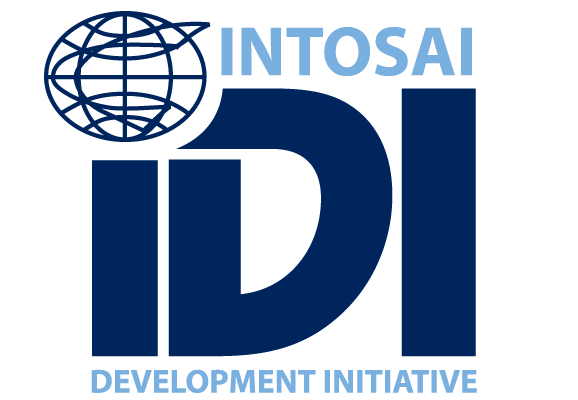By Annie Subactagin-Matto, Director – Monitoring, Evaluation and Reporting, PASAI
Sustainable Development Goals 5 and 10 of the United Nations 2030 Agenda focus on achieving gender equality and reducing inequality through the social, economic and political inclusion of all. The UN explains, "gender equality is not only a fundamental human right, but a necessary foundation for a peaceful, prosperous and sustainable world”. [1]
Gender equality, diversity and inclusion are about giving equal access and opportunities and removing the barriers of discrimination towards women and other marginalised and vulnerable populations, such as disabled people, indigenous populations, refugees and migrants. Providing women, girls and other marginalised populations with equal access to education, healthcare, decent work and representation in political and economic decision-making processes will fuel sustainable economies and benefit societies and humanity at large.
Why is this relevant to SAIs?
Providing equal employment opportunities to women enables supreme audit institutions (SAIs) to access, grow and optimise latent and previously untapped talent available in the labour market. By recruiting and retaining a skilled, professional workforce of qualified women and men, SAIs will be most capable of achieving their core mandates.
The benefits of creating a diverse workforce include increased creativity, problem solving and innovation in response to complex and unprecedented situations. However, diversity in itself is not an endpoint. To unlock the benefits of diversity, SAIs need to create an inclusive work environment that promotes a sense of belonging, purpose and well-being among staff. Expect greater employee engagement, retention and productivity to result.
What can SAIs do to promote gender equality and inclusion?
SAIs play a critical role in promoting gender equality and social inclusion. By becoming gender responsive organisations, SAIs can model relevant strategies, policies and practices to promote equal opportunities for women and men in the public sector. By mainstreaming gender [2] in their strategies, operations and audit work, SAIs can increase awareness of the importance of gender equality and inclusion in the public sector, communities and the region.
How can SAIs become gender responsive organisations?
To mainstream the concepts of equal employment opportunities and inclusion in their strategies and business-as-usual operations, SAIs can:
define their gender equality and inclusion goals in their Strategic Plan
incorporate gender equality and inclusion in their core values
develop a gender equality strategy, policy and an action plan on how to achieve specific targets
ensure their HR Strategies, policies and processes reflect the above
report on progress towards achieving gender equality targets and use gender disaggregated data in their annual reports and
create an inclusive culture in which all staff feel valued, recognised and appreciated, fostering a true sense of belonging and purpose.
How can SAIs incorporate gender equality and inclusion in their Human Resource Management processes and policies?
To create HR policies and processes that promote gender equality and foster inclusion at all points of the employee lifecycle, SAIs can:
Incorporate gender, diversity and inclusion into their overarching HR Strategies and related policies, such as a Gender Policy and a Sexual Harassment Policy.
Attract and encourage women and marginalised people to apply by using gender sensitive and inclusive language in advertisements and job descriptions.
Aim to recruit a reasonably gender-balanced workforce while sourcing the right skills and capabilities required for a particular role.
Onboard staff with induction programmes that cater to the diverse needs and learning styles of women, men, disabled and other marginalised people.
Provide women and men with equal opportunities to access training and development to extend and achieve their full potential. Consider the strengths and skills of staff and create development plans that reflect them.
Ensure equal compensation and benefits for all staff. Compensation should always be fair, consistent, and reflective of the external market.
Conduct equal and fair performance assessments for both men and women, allowing all employees to provide input into their performance plans, objectives and targets. Consider female candidates in succession planning to provide suitably qualified women and men with equal opportunities to advance to leadership positions. In time this will create a more balanced gender composition of middle and senior management.
Retain staff by building a gender inclusive culture by offering flexible work hours, paid parental leave, study leave and allowances and onsite childcare rooms. Provide a psychologically safe opportunity to exiting employees in an exit interview to identify any issues with inclusion that may have contributed to their decision to leave. Use these insights to improve existing policies, process and the organisational culture.
Employee lifecycle [3]
Achieving impact through audit
Once a SAI has established gender equality as a strategic priority, it can include gender as part of its audit programme by conducting performance audits assessing gender issues in different sectors. SAIs may also adopt a gender lens in financial and compliance audits – such as auditing budget allocation towards initiatives promoting gender equality (for example, programmes aiming to boost women’s participation in business, education and community development).
The decision to undertake gender performance audits may present the need to manage existing audit priorities and SAI capability. This may be especially relevant for SAIs with few staff and limited capability. If SAIs don’t have sufficient capacity, technical capability and subject matter expertise, they may engage an expert to plan and conduct such audits. We explored some preliminary guidance, best practice and things to consider before conducting performance audits on gender issues in a previous blog post.
We acknowledge the support of our development partners, Marianna van Niekerk (AFROSAI-E) and Petra Schirnhofer (IDI) as we advance our gender, diversity and inclusion work.
What’s next?
Future topics in our series include:
The North Pacific’s congressional model of governance
The role of PASAI
Engaging civil society organisations
We welcome feedback and look forward to hearing about your areas of interest. Please email secretariat@pasai.org.
References
[1] https://www.un.org/sustainabledevelopment/gender-equality/
[2] ‘Gender mainstreaming’ involves paying attention to the different needs and circumstances of men and women when designing, implementing and evaluating policies, programmes and projects.
[3] Steven AJ Cox
The Pacific Association of Supreme Audit Institutions (PASAI) is the official association of supreme audit institutions (SAIs) in the Pacific region, promoting transparent, accountable, effective and efficient use of public sector resources in the Pacific. It contributes to that goal by helping its member SAIs improve the quality of public sector auditing in the Pacific to recognised high standards. Our blog includes topics that may help auditors think about some implications to service delivery because of the global coronavirus pandemic (COVID-19).

